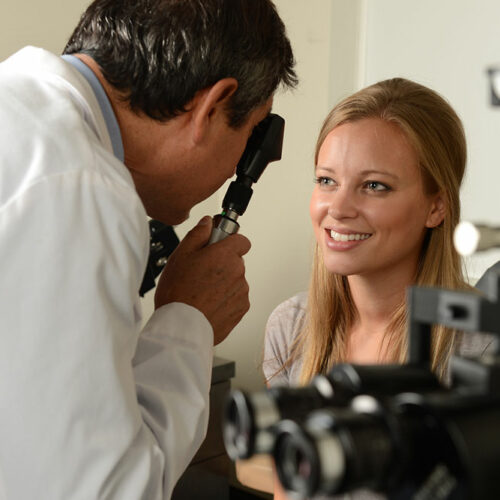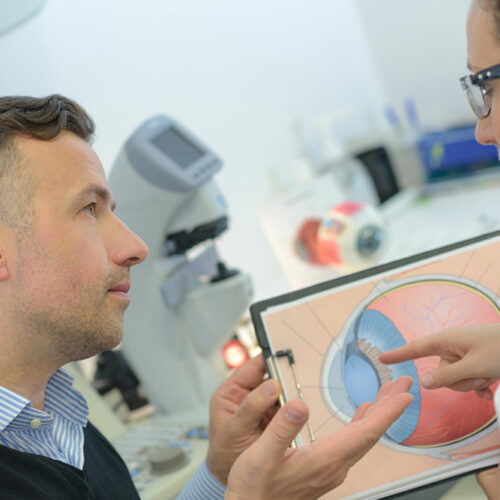Macular degeneration – Its symptoms, causes, and management

Macular degeneration is an eye condition affecting the central vision. This means that people with macular degeneration fail to see what may be right before them. It’s predominantly an age-related condition, typically occurring in people over 50. It affects the retina’s central part, the macula, but those with it do not have complete vision loss, as they can still see things on the side. This article lists the treatment, causes, and symptoms of macular degeneration. Macular degeneration symptoms People do not show any noticeable signs or symptoms in the early stages. Moreover, it may not even get diagnosed until it aggravates or affects both eyes.




